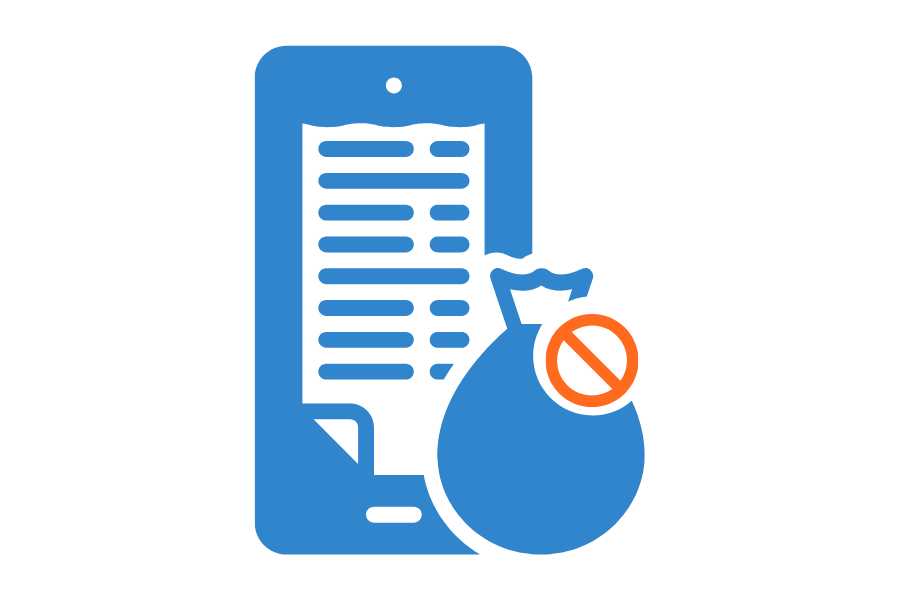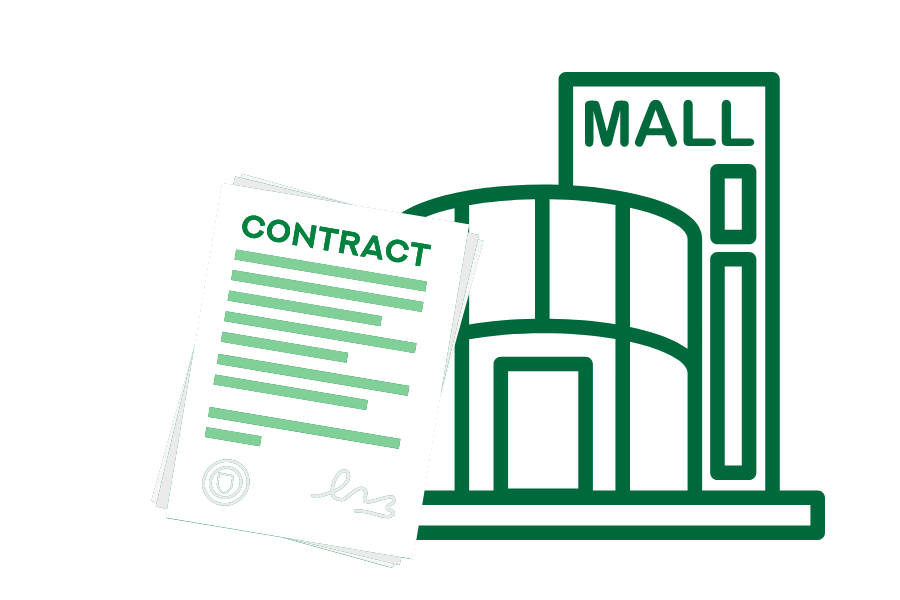Preparing a Cash Flow Forecast
Cash flow is the lifeblood of any business, and managing it effectively is essential for sustained success. A cash flow forecast, also known as a cash flow projection, provides valuable insights into your company’s financial health.
It helps you anticipate your cash inflows and outflows, enabling you to make informed decisions to avoid financial pitfalls and capitalise on growth opportunities. In this guide, we will walk you through four simple steps to prepare a cash flow forecast and explore why it’s crucial for your business.
Why is Cash Flow Forecasting Important?
Cash flow planning is more than just a financial exercise; it’s a strategic tool that ensures the smooth operation and growth of your business. Here’s why a cash flow forecast is essential:
- Predict Cash Shortages: Your cash flow forecast can reveal when and if you’re likely to run out of money. By identifying potential cash shortages in advance, you can take proactive steps to address them, such as cutting overheads, securing additional investment, or boosting sales.
- Support Expansion Plans: If you’re considering expanding into new markets, launching new products, or hiring more staff, an accurate cash flow forecast can help you assess whether you have the financial resources to take these steps confidently.
Key Components of a Cash Flow Forecast Spreadsheet
Understanding the essential components of a cash flow forecast is crucial:
- Starting Position: The initial cash balance in your bank account.
- Expected Cash Inflows: Anticipated cash receipts, including sales, investments, grants, and other income sources.
- Expected Cash Outflows: All projected expenses, such as rent, salaries, taxes, and operational costs.
- Net Cash Flow: The difference between cash inflows and outflows, indicating whether your cash reserves are growing or depleting.
- Closing Balance: The expected cash balance at the end of each period.
Four Steps to a Simple Cash Flow Forecast
Now, let’s delve into the four steps to create a straightforward cash flow forecast for your business:
Step 1: Decide Your Planning Horizon Determine how far into the future you want to plan your cash flow. This could range from a few weeks to several months, depending on your business’s history and the accuracy of your predictions. Keep in mind that your forecast should evolve as your business does, so regular updates are essential.
Step 2: List All Your Income For each week or month in your forecast, create columns for different types of income, including sales, tax refunds, grants, investments, royalties, or license fees. Record income based on when the cash is expected to hit your bank account.
Step 3: List All Your Outgoings Identify all your expenses, such as rent, salaries, raw materials, loan payments, marketing expenses, and tax bills, for each week or month. Record these expenses accurately to calculate your net outgoings.
Step 4: Calculate Your Running Cash Flow In each column of your cash flow forecast, subtract your net outflows from your net inflows. This will give you a clear picture of your cash flow, indicating whether you have a positive or negative balance. Continue tracking this over time to monitor your financial health and make informed decisions.
Cash flow forecast example
| January | Febuary | March | |
|---|---|---|---|
| A. Operating cash - Beginning | 15,000 | 30,000 | 50,000 |
| Sources of new cash: | |||
| Cash sales | 10,000 | 15,000 | 10,000 |
| All collections | 20,000 | 25,000 | 30,000 |
| Business loan | 5,000 | 5,000 | 5,000 |
| B. Total sources of new cash | 35,000 | 45,000 | 45,000 |
| Uses of cash: | |||
| Payroll | 10,000 | 10,000 | 10,000 |
| Rent | 2,000 | 2,000 | 2,000 |
| Taxes | 1,000 | 1,000 | 1,000 |
| Utilities | 1,000 | 1,000 | 1,000 |
| Supplier payments | 4,000 | 6,000 | 5,000 |
| Other payments | 2,000 | 5,000 | 2,000 |
| C. Total uses of cash | 20,000 | 25,000 | 21,000 |
| D. Change in cash during the month (B - C) | 15,000 | 20,000 | 24,000 |
| Closing cash balance (A + D) | 30,000 | 50,000 | 74,000 |
Benefits of a Cash Flow Forecast
A well-prepared cash flow forecast offers numerous operational and financial advantages for your business:
- Early Problem Identification: Spot potential cash shortages in advance and take corrective actions, such as adjusting pricing, optimising your business plan, or securing additional financing.
- Mitigating Cash Shortages: By predicting months with possible cash deficits, you can plan accordingly, whether by saving during surplus months, intensifying receivables collection efforts, or establishing a line of credit.
- Supplier and Employee Satisfaction: Timely payments to suppliers and employees improve your reputation and relationships, helping you maintain a smooth business operation.
Who Should Prepare a Cash Flow Forecast Template?
Cash flow forecasts are typically prepared by business owners, but they can also be created by bookkeepers or professional accountants, especially if you’re seeking more expert insights into your financial health.
How Often Should You Update Your Cash Flow Forecast?
Regularly update your cash flow forecast to ensure it remains relevant and accurate. For instance, if you use a 12-month forecast, refresh it monthly by replacing the last month with a new one and adjusting the forecasts accordingly.
Summary
Cash flow management is a critical aspect of business success. A well-structured cash flow forecast provides you with the insights needed to navigate financial challenges, seize growth opportunities, and maintain the health of your business. As you embark on this financial journey, consider partnering with Counto, your trusted partner in accounting, tax, company secretary, and company incorporation services, to streamline your cash flow management and secure your business’s future. Start preparing your cash flow forecast today to take control of your company’s financial destiny.
Try Counto accounting service
Counto exists to help small businesses like you save time and money throughout the year. Get direct access to a dedicated Customer Success Manager, who’s backed by a team of accountants and tax specialists. Discover a smarter way to outsource your accounting with confidence. Speak to us directly on our chatbot, email us at [email protected], or contact us using this form.
Here’s an article you might find helpful:







